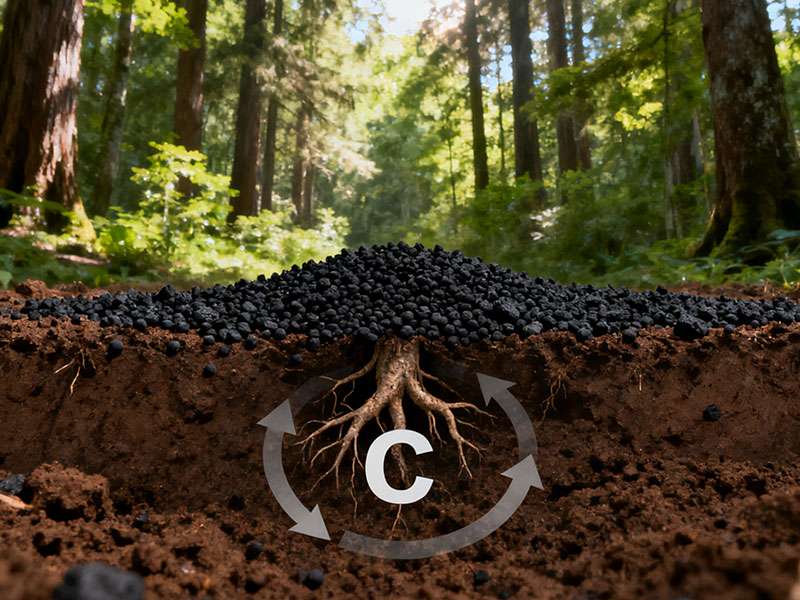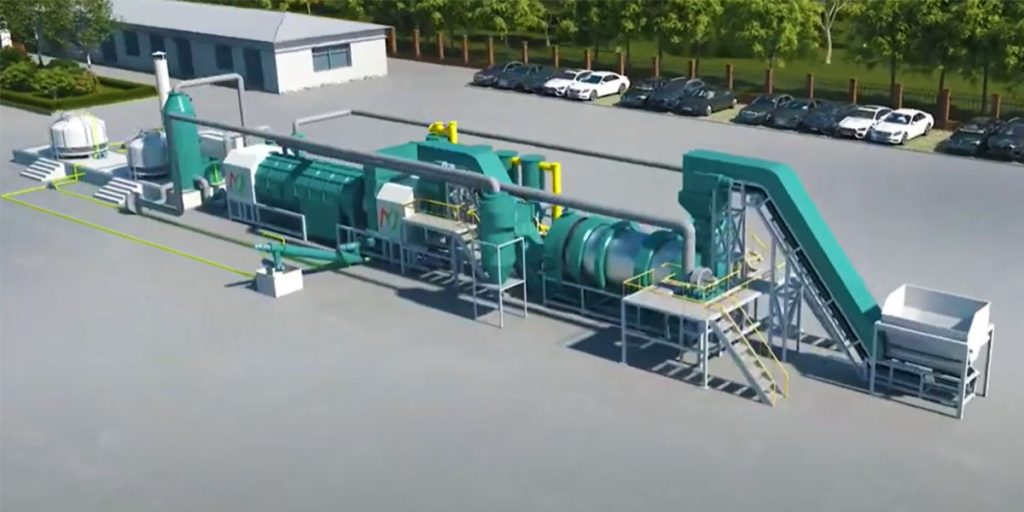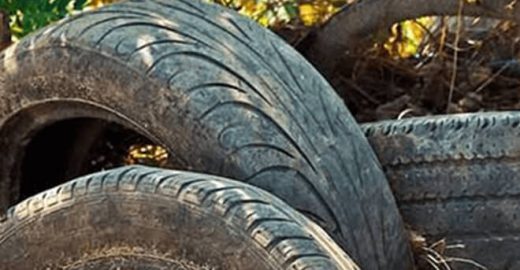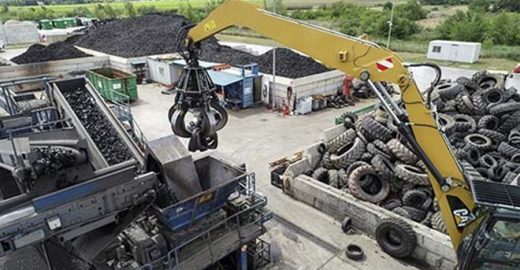The effectiveness of biochar production plant in removing carbon dioxide depends on the product utilization and carbon sequestration strategy. Currently, this is primarily achieved through two pathways: biochar soil sequestration and carbon-negative energy systems.
The application of biochar to soil is the most direct carbon dioxide removal pathway from biochar production plant. It directly locks in carbon, enabling long-term removal.
Once biochar is applied to the soil, it can sequester carbon for a long time (half-life 500-1000 years) through physical adsorption and chemical stabilization. Biochar also improves soil structure and fertility, boosting crop growth. Crops, in turn, further absorb atmospheric CO2 through photosynthesis, creating a positive cycle of “carbon removal – soil improvement – carbon sequestration.”

Biochar production plant combined with carbon capture offsets historical emissions. Combining biomass pyrolysis with carbon capture, utilization, and storage (CCUS) technology can create a “carbon-negative energy system.” When the syngas produced by biomass pyrolysis is used for power generation or heating, some carbon dioxide is released.
However, by capturing and storing this carbon dioxide through CCUS technology, the carbon absorbed by the biomass exceeds the carbon released, resulting in net negative carbon emissions. This effectively removes carbon dioxide from the atmosphere.
For Example,
Biomass photosynthesis absorbs CO₂ (assuming 100 tons are absorbed).
Syngas is burned to generate electricity, releasing 80 tons of CO₂ (not fully released because some of the carbon is sequestered in biochar).
CCUS captures and stores the 80 tons of CO₂ released by combustion.
The net effect: 100 tons of CO₂ reduced from the atmosphere (absorbed) – 0 tons of CO₂ (not released) = 100 tons of CO₂ removed (20 tons stored by biochar + 80 tons stored by CCUS).

Mingjie Group is dedicated to the R&D and manufacturing of biochar production equipment, making a real contribution to combating climate change. Biomass pyrolysis machine converts biomass into biochar, syngas, and pyrolysis oil.
The most critical component is biochar. As a solid product of biomass pyrolysis, it contains 60%-80% carbon and has a stable chemical structure. Biochar is a long-term carbon storage material and an effective soil additive, improving plant yield and health.
This process essentially transfers atmospheric CO2 to soil carbon pools. This is a typical example of “Nature-Based Carbon Dioxide Removal” (NbS-CDR).
Syngas and pyrolysis oil can serve as low-carbon energy sources to replace fossil fuels, reducing the additional CO2 emissions from fossil fuel combustion.
In the global carbon neutrality movement, carbon dioxide removal (CDR) technology is a key means of bridging the emissions reduction gap, and achieving net-zero emissions. Biochar production plant is one of the most mature and readily scalable carbon dioxide removal equipment available today. It is a key tool in the world’s journey toward net-zero emissions.

An Australian general waste and tire recycling authoritative body turned to Environment Minister Sussan Ley in November last year with a request to prohibit whole bale tire…

Aliapur – a French end-of-life tire management authority – recently announced a call for applications to participate in a tender to renew end-of-life tire collection and recycling contacts for 2021–2024..